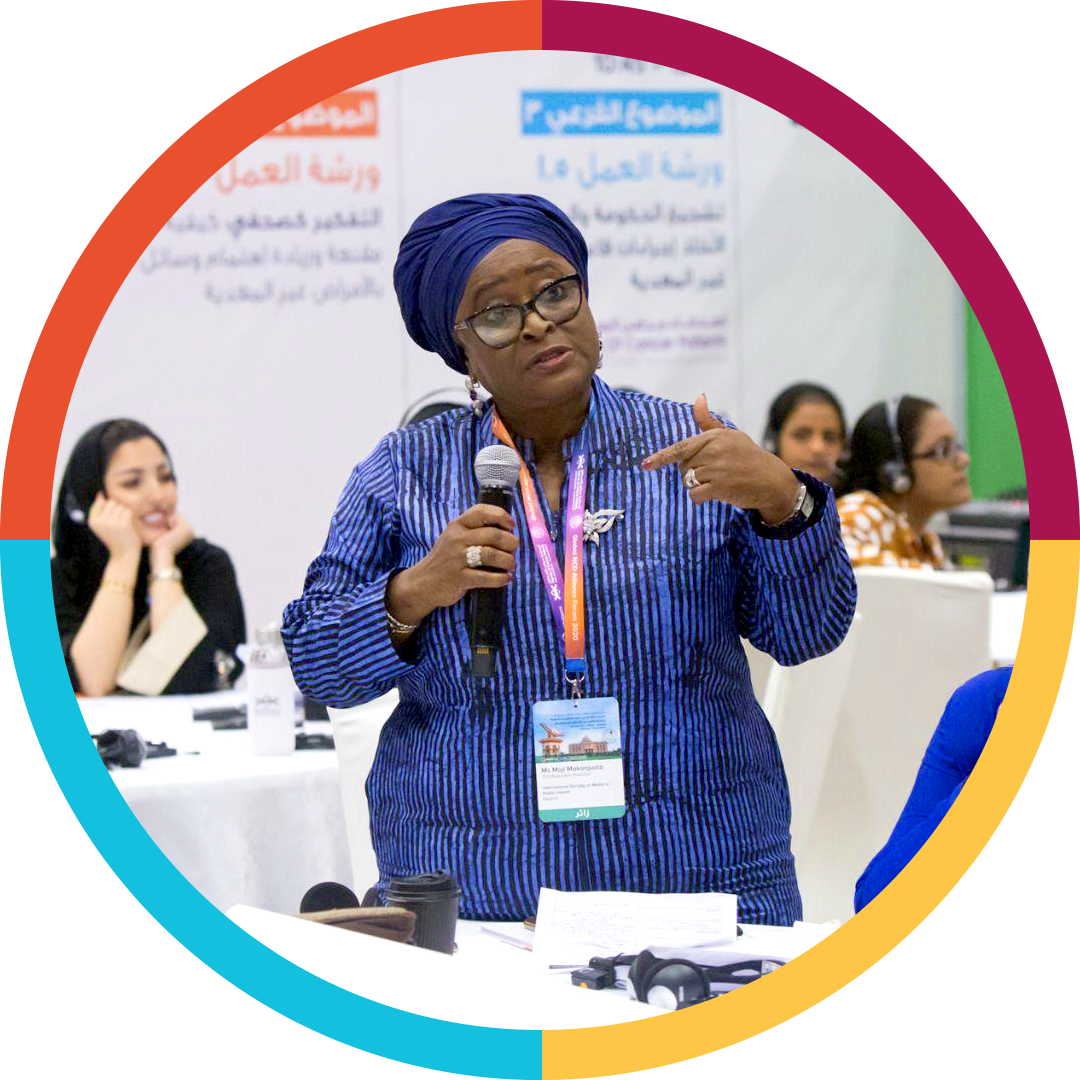For many countries across the globe, development assistance does not always align with the need as seen by recipient governments. This is something I saw first-hand in my previous role as the Director of Community Health Services at the Ministry of Health Development (MOHD) in Somaliland. In Somaliland, thousands of people live with mental health conditions, yet their needs remain largely unaddressed. Somaliland is experiencing a growing burden of mental illness – local nongovernmental organisation, General Assistance and Volunteers Organization (GAVO) estimated one person in every two households is living with a mental health condition.
According to the MOHD Somaliland, unhealthy lifestyles, including physical inactivity, smoking and chewing the health-harming drug khat, have led to an increase in NCDs. The environmental, social and economic shocks to an already fragile system, generating cyclic droughts, internal displacement, poverty, and high unemployment are compounded by the pervasive binary understanding of mental health, ‘mad’ or ‘not mad’, deep-rooted stigma, community over-reliance on faith-based mental health asylums (‘Cilaajs’) that fall largely outside the direct control of government, availability of mental health services predominantly in public hospitals, lack of community-based mental health, and a limited mental health workforce.
Somaliland’s health sector is predominantly donor dependent. And to date, there has been no official development budget allocated for mental health services. I have sat in many multilateral development meetings including government, donors and international development agencies, where mental health was rarely mentioned and if spoken of, often as an afterthought but never as part of an actionable intervention.
A locally-driven response to unmet need
In late 2020, in response to the intensifying burden of mental health conditions, the government of Somaliland established the first National Mental Health Programme by unlocking public resources through taxing khat, generating financing for the Mental Health Fund. The Fund came into effect in 2021, first raising about $0.023 USD on each kilogram of khat imported into the country annually (an estimated 40 million kg of khat). The acknowledgment of the Fund’s initial positive results, via the media’s mental health advocacy, shifting negative attitudes through public education, and availability of community outreach services, led to khat traders voluntarily increasing tax contribution to around $0.058 USD, with a projected tax revenue of approximately $2 million USD per year.
Reaching this milestone was neither easy nor rapid. It stemmed from strong leadership on multiple levels. This included an unwavering bottom-up movement led by civil servants advocating for increasing and improving mental health resources both within and outside government and national leadership welcoming innovative solutions for resource mobilisation.
The global approach to improving mental health care
Whilst Somaliland’s efforts to strengthen public finance for mental health are commendable, especially for a nation with a fragile economy, more needs to be done to increase, improve, and integrate financing for mental health and NCDs as recommended in our latest report to implement a mental health system aligned with the WHO Comprehensive Mental Health Action Plan 2013-2030.
Increase: The resources within the Mental Health Fund are nowhere near enough to close the financing gap necessary to meet the 2018 Lancet Commission’s government spending targets of low- and middle-income countries (LMIC) allocating at least 5% of health budgets to mental health. However, for many LMICs, solely relying on domestic level funding solutions is not possible. Development partners need to commit more resources. The current development architecture has been enveloped by decades of underfunding of NCDs and mental health despite the growing burden across LMICs. Donors should engage in catalytic investments to increase development assistance for health to mental health by at least 0.5%, with this increasing to 1% by 2027, and 5% by 2030. Furthermore, country-led innovative financing models should be met with matched funding and technical support, so that donors are directly supporting country progress.
Improve: The importance of getting quality treatment for mental health conditions cannot be overstated. Deinstitutionalisation, the process of moving away from long-stay psychiatric hospitals to primary level and community based care, requires government leadership in prioritising rights based care, pushing for “mental health in all policies,” and demanding improvements in how money for mental health is spent. External actors and development partners should promote and value local ideas and expertise to transition mental health systems and enhance opportunities for mental health learning and exchange across countries, especially those in similar economic settings.
Integrate: Despite the enthusiasm surrounding integrated care, many primary health care programmes and services are supported by different partners, each performing and reporting in a silo because of the vertical funding structures they feed into. For the journey towards the Sustainable Development Goals to reach a tipping point to positive transformation, it will become imperative that donors foster targeted investments for integrated care through learning in action about the opportunities for breaking silos and cultivating integration of mental health financing into NCDs and across primary care.
While much work remains to be done to strengthen the mental health system, the case of Somaliland provides inspiration for the global community that closing the NCD and mental health leadership gap can start at any level.






